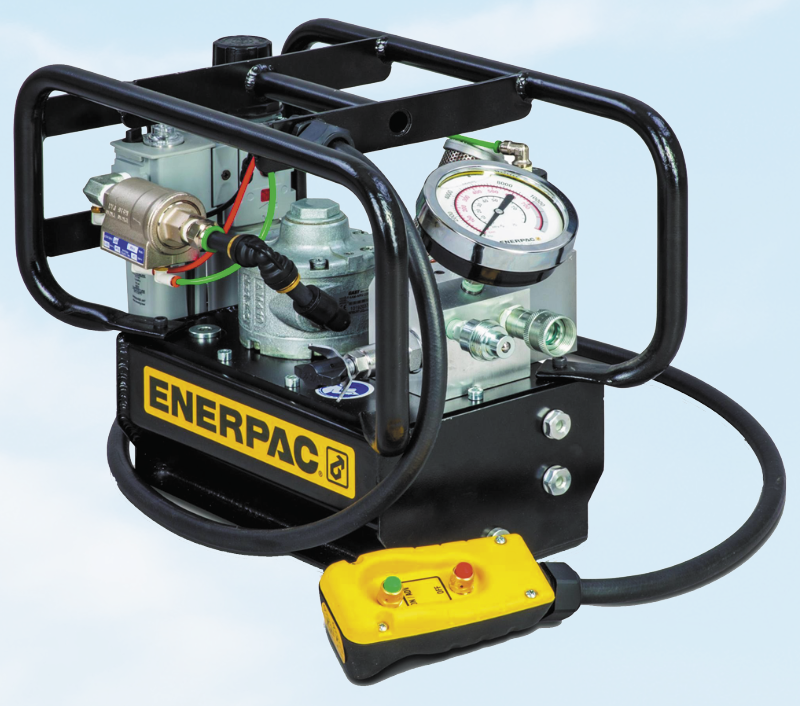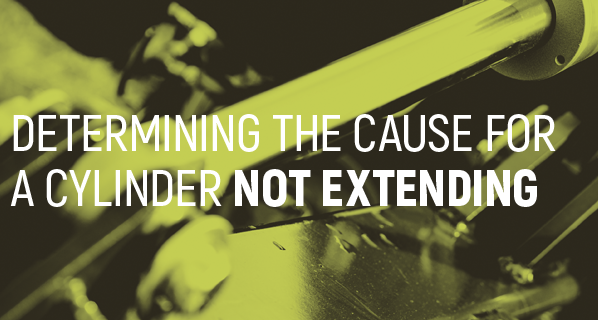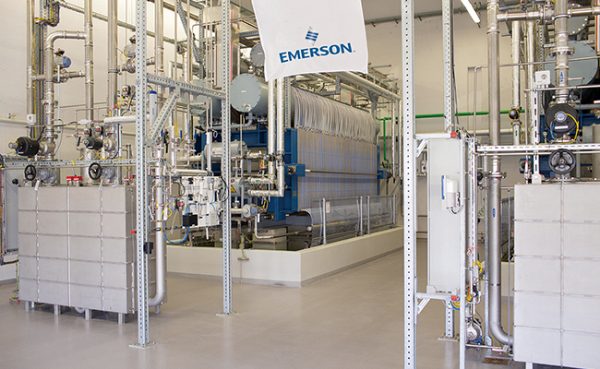The Pump’s the Thing: For Marine and Offshore Bolting
By David Blankenship, Senior Product Line Director, Pumps at Enerpac and Jon Bice, Director of Bolting, Enerpac Americas

As technology continues to improve rapidly for hydraulic pump systems – adding many more options and significantly increasing performance, quality, and safety – choosing and pairing the right torque wrench pump or tensioner pump for bolting applications in marine, offshore, and power generation makes a vital difference to jobsite safety and efficiency. A deeper understanding of hydraulic pumps and their many configurations can help a business become more efficient and carry out bolting work in any situation.
Pumps in controlled bolting
Controlled bolting is the process of applying an accurate bolt load to a mechanical joint to meet design specifications. Bolt load can be measured directly using hydraulic bolt tensioners, ultrasonics, or calculating torque values determined by the bolt material, size, and friction of the stud and nut. Having the means to measure bolt load during or immediately following the bolting process is essential for joint integrity and safety.
Torque wrenches apply rotational force onto a nut to stretch, not yield, the bolt to achieve bolt load. A hydraulic torque wrench, when coupled with a specially designed torque pump, creates the torque output, or torque load, necessary to create the clamping force to secure bolted-joint integrity.
While torque wrenches and bolt tensioners work to accomplish the same objective – to clamp nuts and bolts together for joint integrity – tensioning directly stretches the bolt against the flange rather than nut rotation from the torque wrench. Tensioning typically creates a more accurate load required on larger bolts.
The torque wrench or bolt tensioner itself does not do the work alone; it is part of a system that also includes a hydraulic pump, hose, and accessories.
Choosing a pump
Where you plan to use your hydraulic pumps and the power types available are key in determining product selection.
Torque wrench pumps are available in battery, electric, and air-powered models from Enerpac. The power source you need depends on the requirements of your jobsite. For example, if you are working in a potentially explosive atmosphere and your site requires ATEX certification, such as on an oil rig or in a mine, an air-powered model is likely the only choice. Enerpac offers a variety of air-powered models in its LAT and ZA-Series pumps.
On worksites where there is no need for explosion-proof tools or where air compressors are not available or feasible, an electric-powered pump might be preferred. Enerpac offers electric-powered pumps in its E-Pulse, ZU-Series, and ZE-Series models.
If portability is a primary concern, a battery-powered model might work better. For example, if workers are performing bolting maintenance checks on a wind tower, battery-powered models like the Enerpac XC-series will be easier to transport and access tight spaces.

More multidimensional worksites might make a variety of pumps necessary. A shipyard, for example, may handle new construction and refurbishment of existing ships. The work may take place in a number of locations with some in close proximity to power and others not. A space like the engine room located at the bottom rear of a ship might be better handled by a battery-powered model that avoids the need to run extension cords to the work area.
Similar to torque wrench systems, bolt tensioner pumps are available in electric, air-powered, and manual models. An electric tensioner pump like the Enerpac ZUTP-Series high-efficiency electric pump is compact and lightweight. The two-stage pump provides high flow at low pressure for fast system fills and controlled flow at high pressure for safe and accurate operation. An air-powered model like the ATP-Series tensioner pumps are likely the only option for working in environments like a gas-treatment facility. A manual tensioner pump like the Enerpac HPT tensioner pump is a lightweight and portable hand pump, and includes two-speed operation for reduced cycle times, a gauge, and an integrated relief valve. It’s best for test applications or occasional use.
Required performance
Application completion speed is another major consideration when choosing a pump. Someone constructing a wind tower, for example, who is fastening hundreds and hundreds of bolts a day, might require a pump powered by a large motor and cooled by a heat exchanger to achieve the needed speed and uptime. Consider that a larger electric pump moves the wrench approximately five times faster than a battery torque wrench pump: 60 cubic inches per minute at 10,000 psi (689 bar) versus 15 cubic inches per minute at 10,000 psi (689 bar).
The jobsite and weather conditions also play a role in the type of pump the work requires. A worker in a Louisiana refinery during a shutdown in the middle of the summer will be served better with a larger pump cooled with a heat exchanger than by a smaller pump that could fail in the heat.
There are tradeoffs for everything, of course. A smaller pump might suit you better in certain situations. A larger pump just might not fit in your workspace. Perhaps you are working alone in a location that is hard to access. You might not want to move a large pump to your worksite, and a lighter pump will better suit your needs.
New features
Pump system technology continues to accelerate in many ways. Auto cycling is one feature more companies are offering with their pumps. The feature makes it unnecessary to manually press and release pump pendant buttons repeatedly to operate the torque wrench. This is especially important when the job requires tightening a large number of fasteners.

Beyond auto cycling, Enerpac offers intelligent auto cycle (IAC) on the E-Pulse torque wrench pumps. IAC reduces the amount of fastening time and heat buildup by eliminating the waste of the wrench going to full pressure with every stroke when not necessary. Increased productivity and longer pump life are key benefits of IAC.
Enerpac ZU4 Pro Series pumps allow operators to program the desired torque amount into the pump along with the torque wrench model they’re using. With this feature, a worker does not need to use a pressure chart to complete a torque output-to-pressure conversion. The feature cuts out several steps of the manual process, saving time and reducing the opportunity for human error. In addition, users can get pump usage information, receive warnings, and see other diagnostic information.
Looking past price
The price of a pump will be a consideration, but the focus should be on value. In the big picture, a hydraulic pump, when paired with a torque wrench or tensioner, could help a company complete jobs more quickly and safely. As mentioned previously, the durability of the pump is also essential. The benefits of a durable pump include more reliability for a longer period, longer life cycle, and less need to keep backup pumps.
Buying from a company that emphasizes product support and service is also incredibly important. Tools need to work, and pumps need to perform. Remember that hydraulic pumps are industrial equipment, and they will almost certainly need maintenance at some point. Pumps are often used in rough environments, exposed to oils, solvents, debris, and have other tools piled on top of them when transported. Durability, part availability, and the ease with which the pump can be serviced are important considerations.
Picking the right pump and accessories takes careful consideration and a sharp focus on emerging technology, but it will be time well spent that will ultimately maximize a company’s capabilities.








One thought on “The Pump’s the Thing: For Marine and Offshore Bolting”